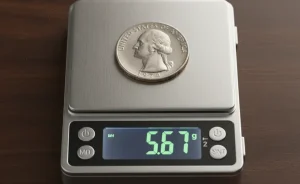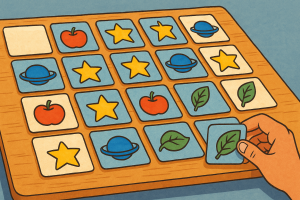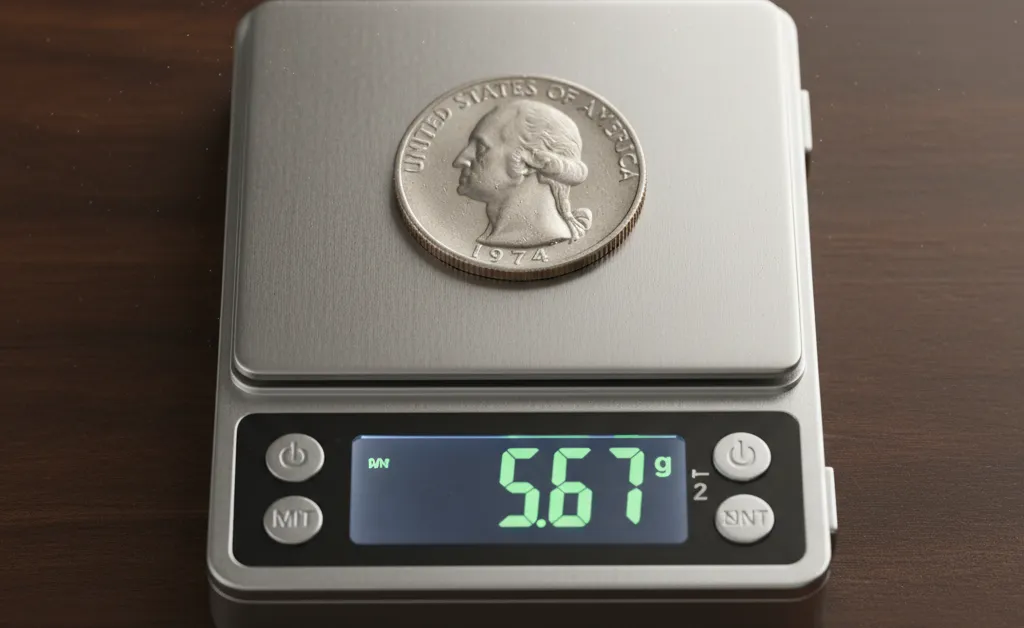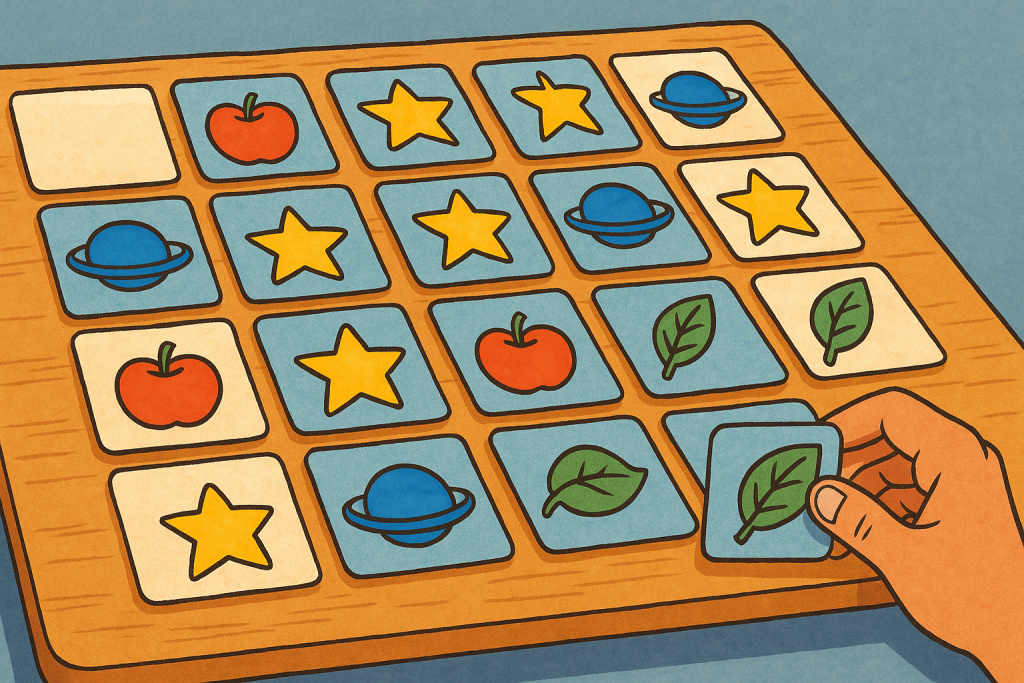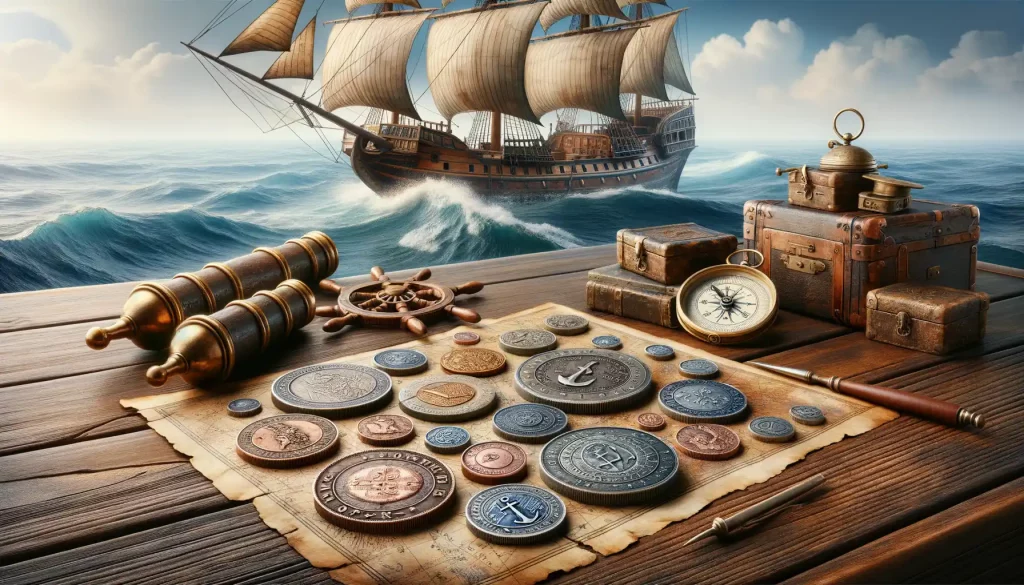The Joy of Numismatics: Why Collect Coins from Around the World?
Discovering Stories in Every Coin
Imagine holding a small, weathered coin from Japan, its intricate symbols whispering tales of ancient emperors and tranquil cherry blossom festivals. Or picture a vibrant South African rand glinting in your palm, carrying the weight of courage and a fight for freedom. Every coin is a time capsule, a miniature storyteller that connects you to distant eras, cultures, and people.
Collecting coins from around the world isn’t just a hobby – it’s a gateway to wanderlust, history, and wonder. As you explore, you’ll stumble upon coins that transport you to golden dynasties or bustling marketplaces in lands you’ve never set foot in. And the thrill? Oh, the thrill of unearthing a rare, limited-edition beauty that sparks curiosity in anyone who sees it.
- An Italian lira embossed with classical art – a masterpiece in miniature.
- A Canadian loonie, echoing the wild call of nature with its iconic loon design.
- An Indian rupee etched with Mahatma Gandhi’s serene profile, embodying resilience and peace.
Whether it’s the rush of discovery or the quiet joy of cradling centuries-old craftsmanship, numismatics transforms the ordinary into the extraordinary.
Building Bridges Across Borders
Coins are more than currency; they’re cultural ambassadors. Think of them as tiny passports in your pocket, connecting you with people worldwide. A copper penny may seem humble, but it might bear the legacy of an empire or commemorate a revolution that changed millions of lives.
Here’s the magic: when you hold a coin from another country, you’re not just holding metal – you’re holding stories, traditions, even the heartbeat of a nation. Picture gifting a Moroccan dirham to a friend and then engaging in a lively chat about Mediterranean trade routes. Or trading a Philippine peso at a numismatic fair and learning about its ties to Spanish influence.
Every piece in your collection becomes a bridge – one that spans continents, generations, and ideas. So why just travel through postcards or books when you can collect physical fragments of the world in your very hands?
Building Your Collection: Strategies and Tips for Beginners

Start Small, Dream Big: Finding Your First Coins
Diving into the world of coin collecting feels like uncovering pieces of buried treasure. For beginners, the sheer volume of coins out there can be overwhelming—where do you even start? The answer: start small but with heart. Begin by looking close to home. Maybe there’s a jar of foreign coins tucked away in an old drawer or souvenirs from family trips abroad. These humble beginnings give your collection personal meaning and a story.
When venturing beyond, flea markets, online auctions, and travel hubs can be goldmines. Picture yourself holding a Japanese yen from the Edo period or a modern-day Euro glittering with its two-tone brilliance. Don’t rush—let curiosity fuel your choices rather than your wallet. You’re not just buying coins; you’re gathering fragments of history.
- Pick a theme: coins bearing animals, special years, or currencies of countries you’ve visited.
- Set a monthly budget—trust me, it’s easy to get carried away!
Learn the Language of Coins
Coins whisper their stories to those willing to listen. As you pick them up, familiarize yourself with terms like “mint mark” (tiny letters revealing where a coin was made!) or “proof” coins that gleam like freshly polished mirrors. You’ll start spotting intriguing details, like a hidden shield on a British pound or the playful script of Indian rupees. Each is a tiny clue pointing to its origins.
Explore books or join online groups where seasoned collectors share tips and photos. They might lead you to a rare find or help you avoid counterfeits. Before long, you’ll surprise yourself by spotting a unique minting error or appreciating the symbolism behind a coin’s design.
Exploring the Rich History and Cultural Significance of Coins Globally
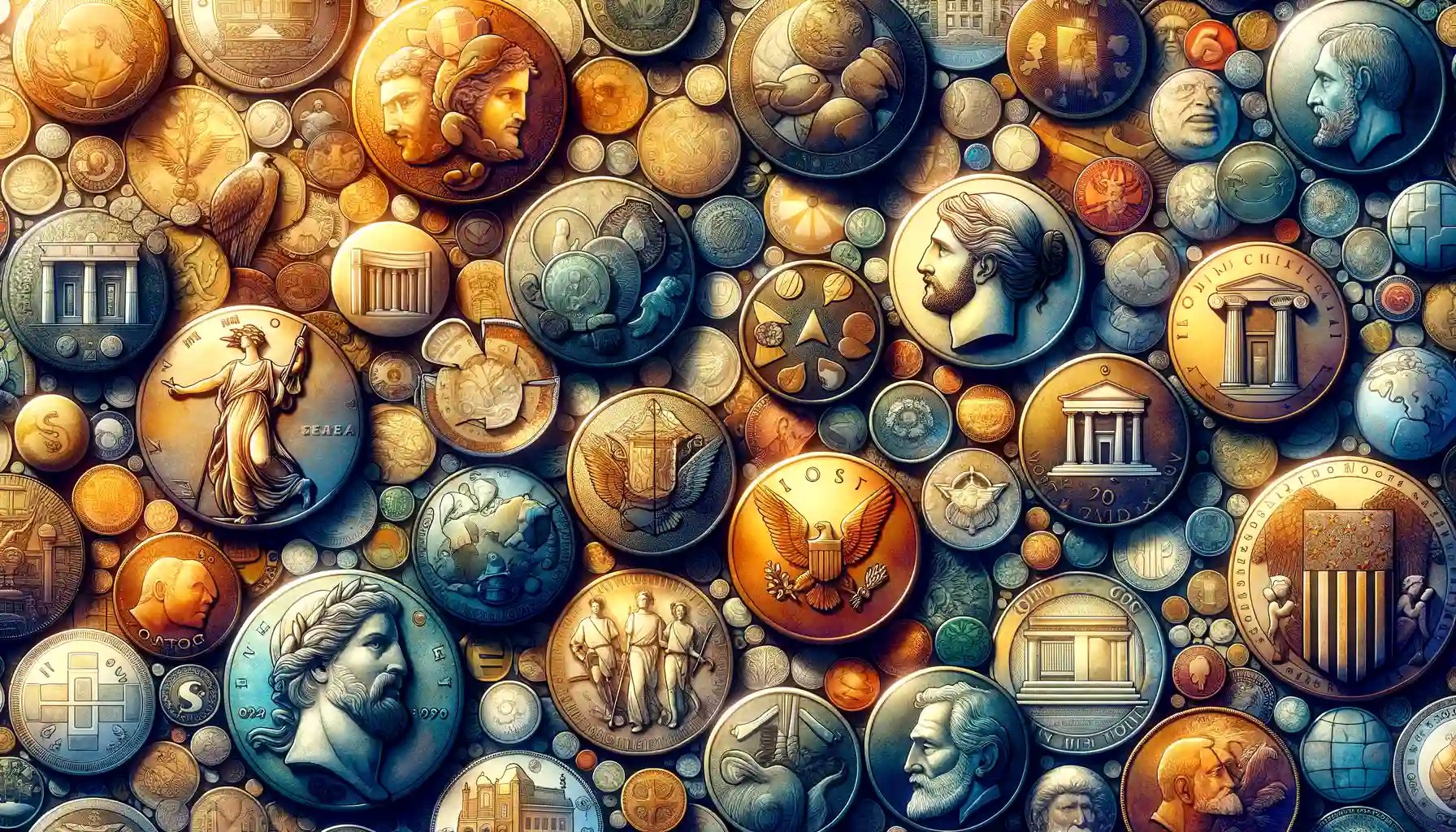
Coins as Time Capsules: A Glimpse into Our Collective Past
Coins are much more than mere currency; they are miniature time machines brimming with stories. Imagine holding a coin from ancient Rome, its edges worn smooth by countless hands over centuries. That small piece of metal once paid for bread in sprawling marketplaces or clinked in the purse of a merchant crossing the Mediterranean. Each coin is a tangible piece of history—proof of lives lived, economies shaped, and empires both rising and crumbling.
Take, for instance, the intricate artistry of the Indian Mughal coins, where emperors like Akbar and Shah Jahan flaunted their power through elaborate calligraphy. Or consider the Viking-era silver pennies found in treasure hoards, whispering tales of faraway lands and daring conquests. The allure of these objects lies in their ability to connect us viscerally to a world we can only imagine.
- Commemorative coins: Moments frozen in time, like the moon landing or Olympic triumphs.
- Revolutionary currency: From France’s assignats during the Revolution to post-WWII German marks, these coins reflect societal upheaval.
Symbols of Culture and Identity: More Than Just Metal
Every country etches its identity into its coins, making them vibrant mosaics of cultural pride. Modern Canadian quarters, for example, often feature unique designs highlighting Indigenous artistry or natural wonders like the Northern Lights. Meanwhile, Japan’s ¥500 coin celebrates both technology and tradition with its engraved cherry blossoms paired with cutting-edge security tech.
And let’s not forget how coins can also serve as instruments of propaganda. During World War II, nations issued bold designs meant to rally patriotism, such as the eagle-clad Reichspfennig or America’s steel pennies. Collecting coins isn’t just about admiring shiny surfaces—it’s about peeking into human ambition, creativity, and resilience.
Identifying Rare and Valuable Coins from Different Countries
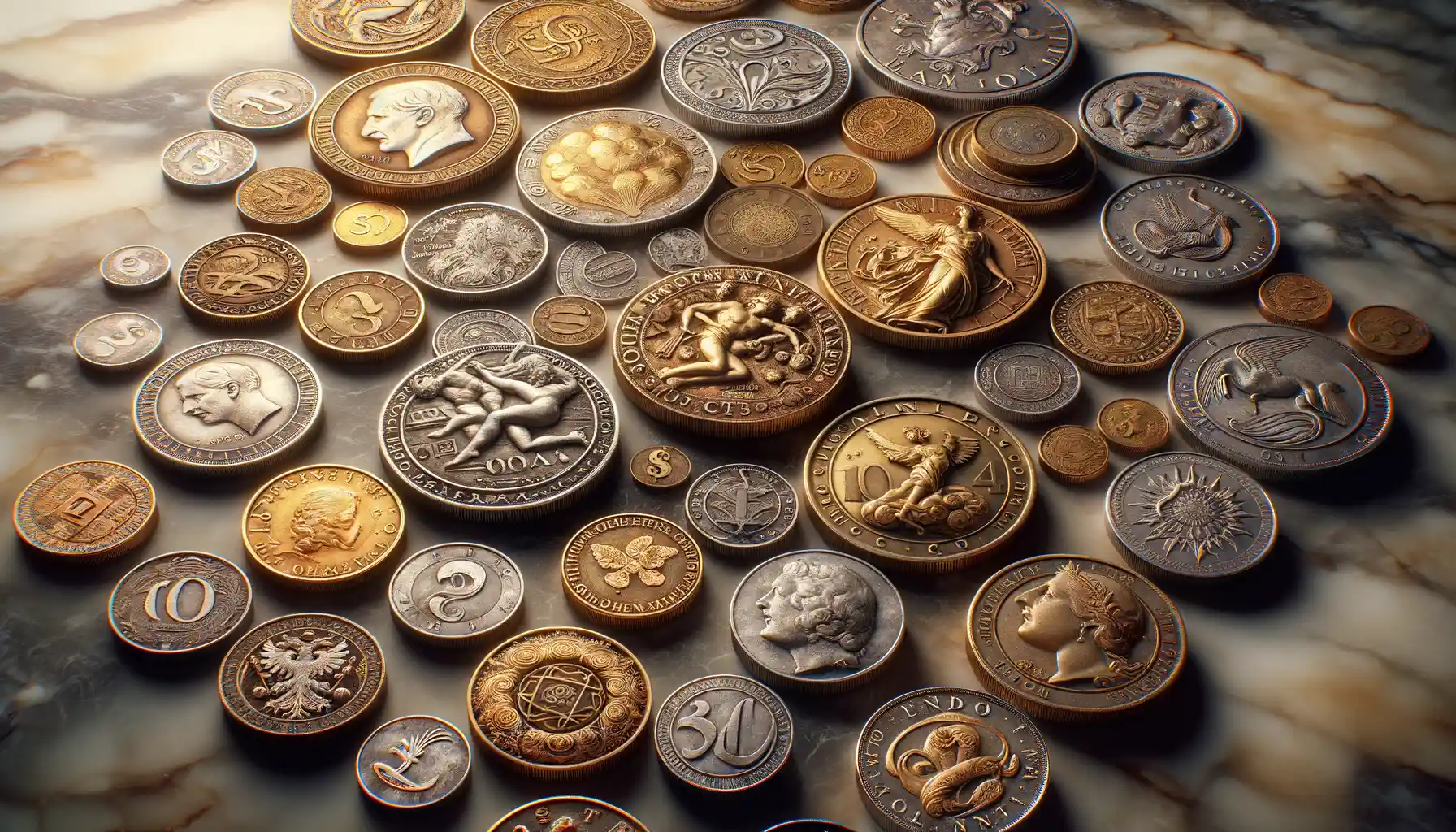
Spotting Hidden Treasures in Your Coin Collection
Imagine holding a coin that feels heavier than it should or shines with an unusual luster — sometimes, rarity whispers rather than shouts. Identifying rare and valuable coins is part detective work, part treasure hunt. Look for coins with unexpected features: misprints, off-center designs, or subtle mint errors can turn an ordinary coin into a small fortune. Coins like the Canadian “Dot Cent” or the 1955 U.S. “Doubled Die Penny” have legendary value because of tiny mistakes that make them unique.
But it’s not just imperfections that add value. Limited-edition coins, such as commemorative issues, are often sought after by collectors. Imagine stumbling across, say, a 1933 Saint-Gaudens Double Eagle — a literal goldmine! And don’t overlook any coin with a short minting period; these tend to be scarcer than mass-produced ones.
- Check for unusual markings or symbols.
- Research the year and mint location.
- Inspect wear and patina — old doesn’t always mean valuable, but it can!
Famous Finds Across Continents
Coins from different countries tell stories of emperors, revolutions, and vanished cities. For instance, a 1921 Chinese Silver Dollar, known as the “Flying Dragon,” is a coveted gem among numismatists. Meanwhile, Italy’s rarest coin, the 2007 €2 Galileo Galilei, had an unexpectedly low mintage, turning an everyday denomination into a prized collector’s piece.
And here’s a romantic notion: the older the coin, the more lives it has touched. Roman Denarii or Greek Drachmas? Priceless. But modern rarities matter too. Keep an eye out for Australia’s 2000 “Mule” Dollar or Japan’s Meiji-era silver yen. It’s not just about value—it’s about owning a tangible slice of global history.
Preserving and Displaying Your International Coin Collection
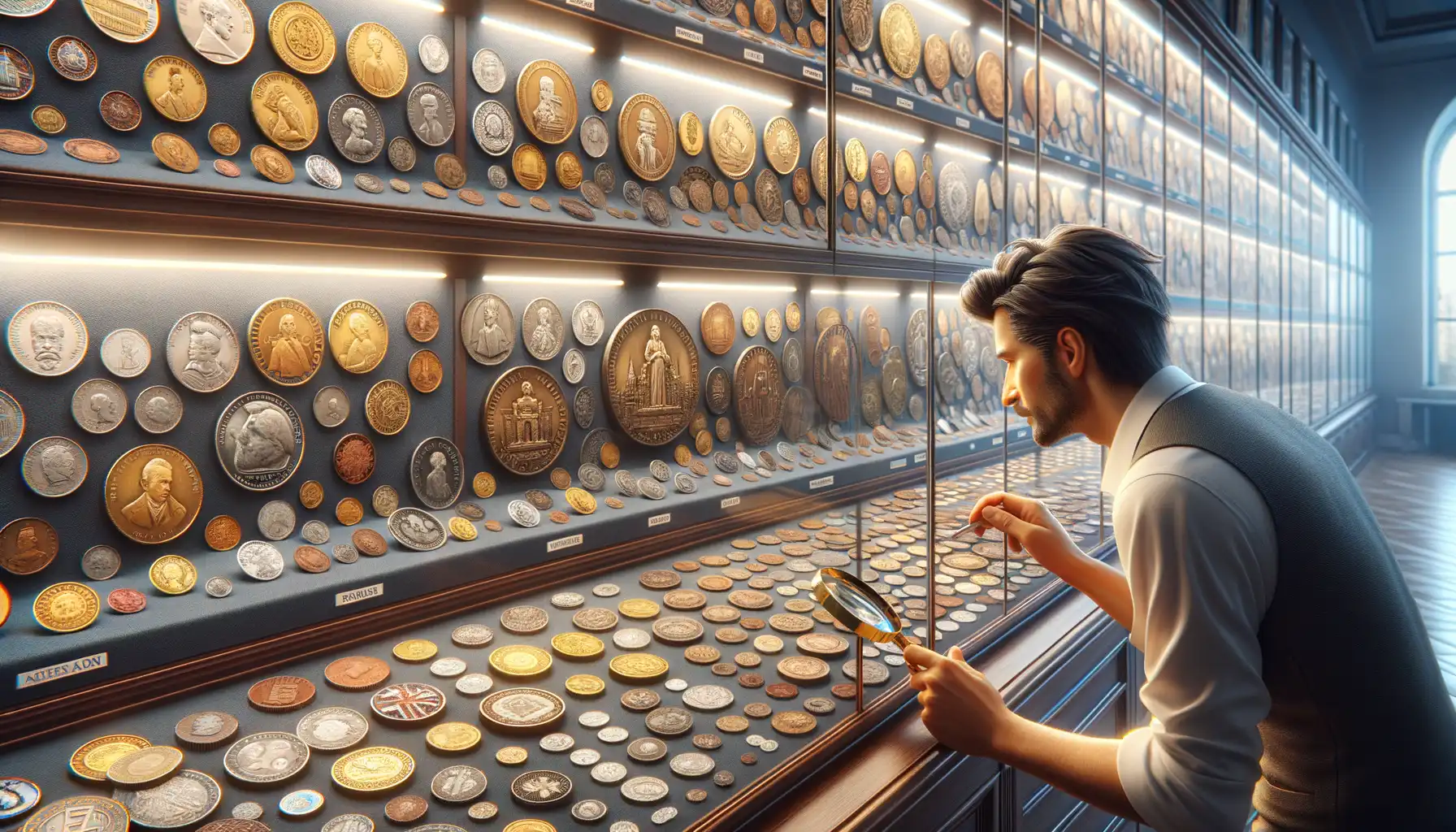
Keeping Your Coins Safe and Timeless
Your international coin collection isn’t just a hobby—it’s a living diary of human history. Each coin tells a unique story, so preserving them properly is like safeguarding tiny treasures. Start with the basics: store your coins in an environment free of moisture, humidity, and fluctuating temperatures. Trust me, coins hate extremes! A simple airtight container or acid-free album can do wonders for keeping dirt and fingerprints at bay.
But here’s an insider tip: never clean your coins with household chemicals. It’s tempting, I know—you want them to shine. Resist that urge! Polishing can strip away historical patinas and drastically lower their value. Instead, handle coins by their edges (or better yet, wear gloves) and let their natural luster tell its own story.
- Invest in archival-quality supplies—those flimsy paper envelopes won’t cut it for long-term storage.
- If displaying them, opt for glass-top cases with UV protection to prevent fading or discoloration.
Turning Your Collection into a Showpiece
Displaying your coins is like putting your personal museum on exhibit. Imagine guests marveling at a Roman denarius beside a Japanese yen from the Meiji era! Shadow boxes and coin cabinets with individual compartments give your coins the spotlight they deserve. For a modern twist, try digital frames showcasing high-res photos of your coins alongside their backstories.
Want to dial up the emotional impact? Organize coins by theme—perhaps by continent, historic eras, or even beloved travels. Pair them with colorful labels featuring fun facts, like how ancient Greek drachmas funded epic wars or how the world’s heaviest coin, Sweden’s platmynt, could sink a ship!


